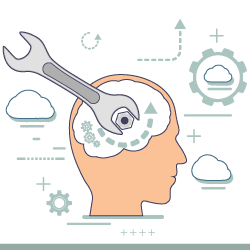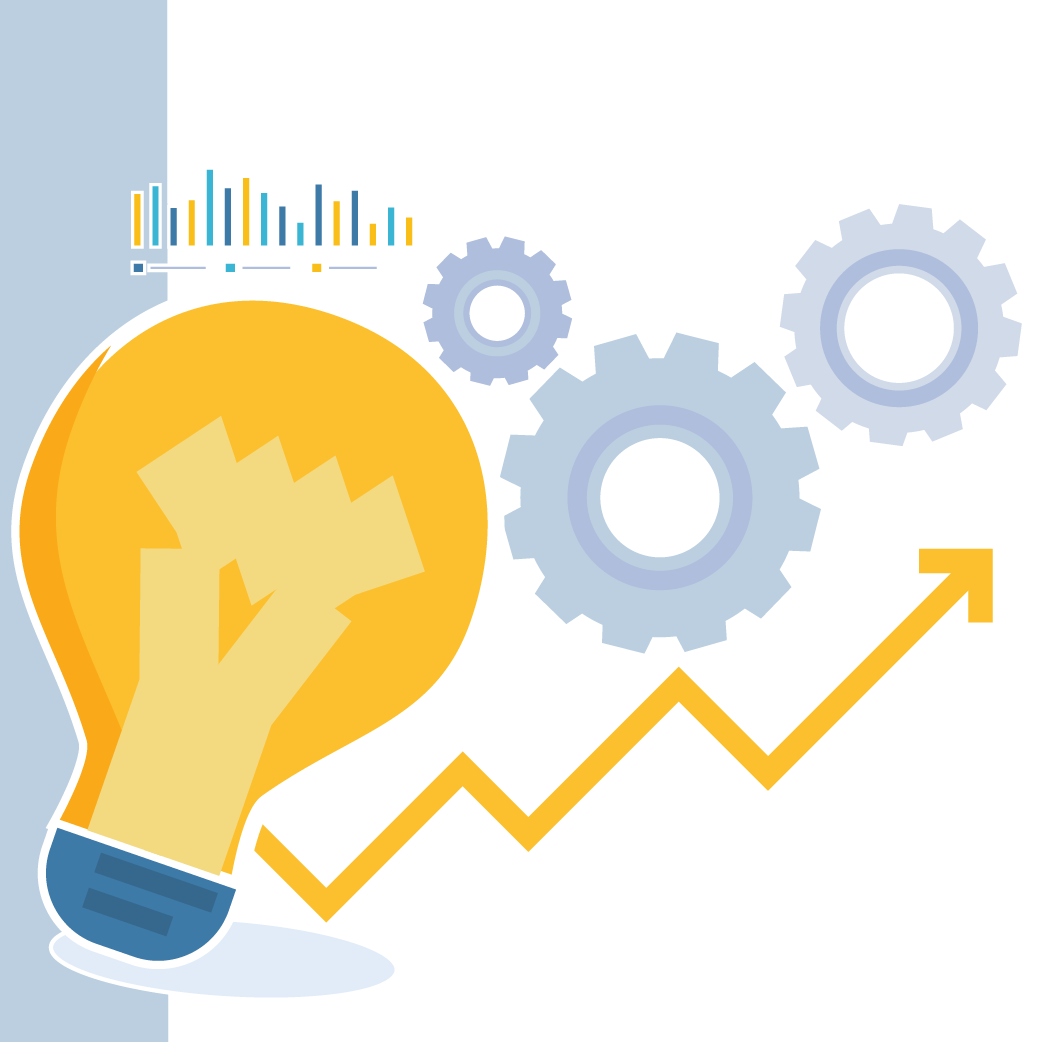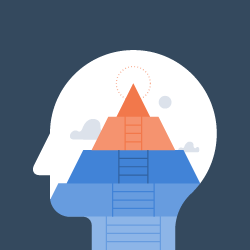A series of tips and advice on distance learning

Center of Excellence, Program Design and Training Department
Creativity
13
First / Tips for students during the distance learning phase:
- Follow your lessons with all interest and precision and do not waste time. This is a necessary stage to maintain your safety, but remember that it is part of your educational life stage, so persevere in your diligence and make a greater effort.
- Interact with your friends, form discussion, research and follow-up groups, and do not miss the opportunity for collaborative distance learning with them.
- Communicate with your teachers regularly, submit your assignments on time, and organize your work into achievement files that are easy to return to and develop.
- Organize your sleeping times and social activities as if you were continuing your learning in your regular class, because you need to allocate enough time for learning and studying.
- Never postpone completing your homework, because their accumulation will push you to prepare them in a hurry without careful consideration.
- Before starting distance learning lessons, prepare the lesson environment and ensure that the equipment is safe and efficient to make effective use of lesson time.
- Carefully record notes, comments and instructions.
- Review your lessons as soon as possible after they end and make the most of your short-term memory to make it easier for you to communicate with your teachers for inquiries and to get advice and guidance.
- Be honest while taking the tests and do not try to cheat, because God is aware of every move and stillness you make, and your honest behavior will bring you calm, reassurance, and peace of mind.
- Interact with your family and ask for their support when needed, but remember that taking responsibility for your learning and relying on yourself is the basis for building your character and learning.
Second: Tips for parents during the distance learning phase:
- Listen to your children, talk to them, provide them with support, and continue to reassure them that this is a temporary phase, God willing, and that it must be dealt with with all seriousness, precision, and perseverance.
- Train your children to take responsibility for their learning and let them depend on themselves because that is the basis for building their balanced personalities.
- Monitor your children’s follow-up of their lessons and do not be lenient in dealing with the excuses they make. Rather, push them to overcome problems and continue learning.
- Monitor your children’s implementation of virtual classroom requirements, ensure that they complete their assignments, and provide them with continuous feedback.
- Follow up and make sure that they prepare their daily schedules and carry out their social activities in a way that does not conflict with their studies.
- Reinforce their progress and ensure they engage in high-level learning activities by monitoring their achievement files.
- Organize their entertainment time so that it does not overwhelm their distance learning time, as some children believe that they have complete freedom to play and go out whenever they want.
- Monitor their eating practices and eating habits and make sure they are in line with health standards, and organize their exercise times to protect them from obesity and laziness.
He stressed the importance of building a system of good values among them, made sure that they performed their tests, and warned them against cheating because it contradicts the noble Islamic morals.
- Keep praying for your children’s success and prosperity.
Third: Tips for teachers during the distance learning phase:
How to enhance student learning and make virtual classrooms more interactive?
- Try to implement as many activities as possible that achieve the lesson objectives through synchronous learning, while providing immediate feedback as required, as delaying the response reduces the momentum of the mutual discussion and sometimes leads to the formation of alternative understanding.
- Involve the largest number of students in the discussion through discussion groups and follow up on that, and give them time to reflect and think about what serves the desired goal to be achieved and provide an area for acquaintance and exchange of ideas and experiences between students.
- Create discussion groups outside of class assignments as this is a supportive part of learning, provides an exchange of experiences and increases the depth of learning. The activity of these groups can revolve around different interests, whether health, research, social, etc., provided that they are directed towards enhancing students’ learning in general.
- Use multiple communication tools and means to increase and enhance student participation and interaction. For example, social networks and channels can be created at the program level that allow students to continue interacting and dialogue with each other within the classroom or with students in other classes, with the need to follow up and monitor the results of such networks from time to time. Teachers and parents can use such networks to enhance the learning and development of their students and children.
- Get to know any tool you want to use in learning and study its features well before you start using it so that you do not encounter technical problems when operating it, which will cause the virtual class time to be wasted for no reason.
- Remove unnecessary images, texts and graphics. Virtual classrooms full of images, texts, links and graphics confuse students and do not enhance their learning, and confuse the teacher in managing and using them at the required time.
- Choose appropriate and calm fonts and colors that suit the students’ eyes and do not distract their attention away from the scientific content. Do not use backgrounds that distract learning. Let the backgrounds be calm and simple as possible, so that the students focus on the main content of the presentation and not on anything else.
- Choose high-quality, expressive images that are relevant to the topic. This enhances contemplation and thinking and stimulates students’ ideas during the discussion.
- Ensure that browsing and navigating educational materials during virtual classroom activities is easy and flexible, and practice this before the start of the lesson to invest time in learning activities rather than adjusting and managing educational materials; because this facilitates presentation processes, enhances understanding, and directs students’ perceptions during the various learning processes.
- Use headings, subheadings, bullet points, shading, bold, italics, etc. for proper organization and logical sequence when moving from one concept to another.
- Focus on consistency, coherence, coherence, sequence and logical harmony between the scientific materials and the activities you present to ensure that learning processes are properly organized; because this will enhance learning and understanding. It is necessarily known that scientific material presented in an unorganized and uncoherent manner confuses learning and may even lead to the formation of alternative understanding and incorrect conclusions about the topics presented in both regular and virtual classes.
Did you benefit from the information provided on this page?
visitors liked this page



